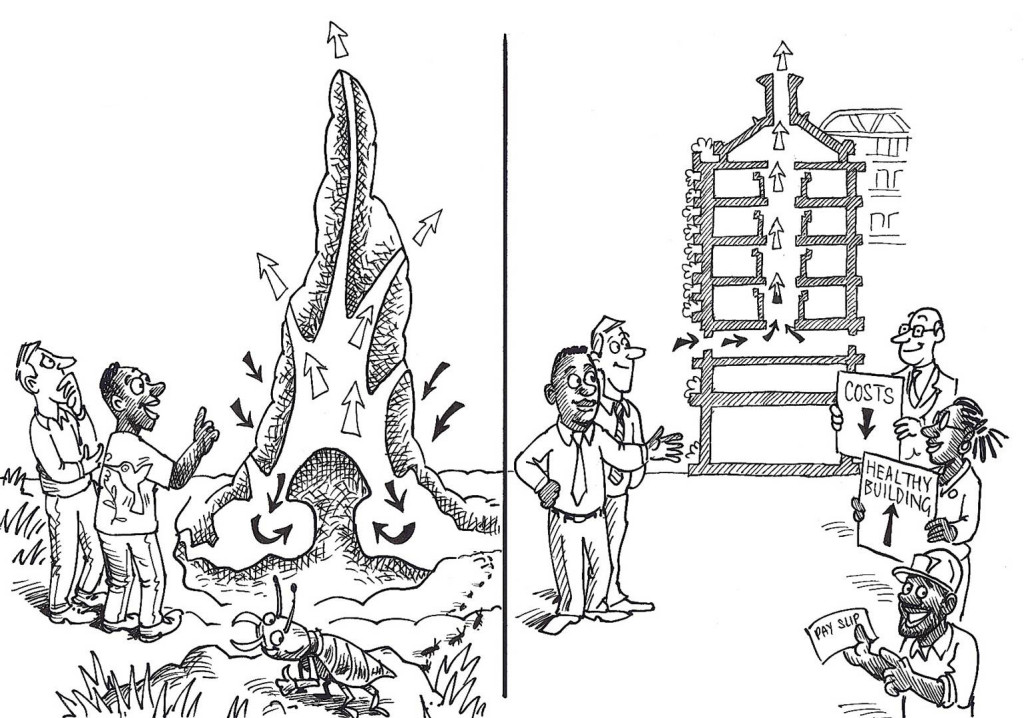Top 10 management models for your business #10: The blue economy, Gunter Pauli (2010)
8 October 2014 by Catherine Holdsworth in 100+ Management Models, Business and finance
by Fons Trompenaars and Piet Hein Coebergh, co-authors of 100+ Management Models.
Problem statement
How do we turn poverty into development and scarcity into abundance with what we have?
Essence
Gunter Pauli is an entrepreneur, author and initiator of the Blue Economy. His concept is about stimulating entrepreneurship while setting new and higher standards of sustainability, and also keeping associated costs down. The goal is high: to create 100 million jobs and substantial capital value through 100 innovations before 2020. This approach contrasts with the Red Economy (socialist planning, which didn’t work) and the Green Economy (which tends to require strong investments in unclear projects, benefiting only the happy few). The Blue Economy business model wants society to shift from scarcity to abundance ‘with what we have’, by tackling issues that cause environmental and related problems in new ways. The theory highlights benefits in connecting and combining seemingly disparate environmental problems with open-source scientific solutions based upon physical processes common in the natural world, to create solutions that are both environmentally beneficial and which have financial and wider social benefits.
How to use the model
The concept of the Blue Economy is supported by the methodology of the Zero Emissions Research and Initiatives network (ZERI), including the following sets of instruments:
- Five kingdoms of nature: bacteria, algae, fungi, animals, plants; a classification that is inspired by the work of biologist Lynn Margulis;
- Five design principles, to work with these five kingdoms of nature (all following the key idea that there is no such thing as waste);
- Five intelligences: emotional, academic, artistic, eco-literacy (systems thinking) and capacity to implement;
- Twelve axioms of economics: principles of purpose, growth, productivity, cashflow, price, quality, competitiveness, place, innovation, diversification, management and thermodynamics.
More information can be found at www.zeri.org.
As for combining seemingly disparate environmental problems with open-source scientific solutions, theories about innovation can be used, as well as creativity techniques like brainstorming, bi-sociation, lateral thinking and Yellow Thinking.
Results
The ZERI movement is engaged in a wide range of projects that are recorded and shared online through www.theblueeconomy.org.
Comments
For academic as well as practical purposes, initiatives like this one contribute to a better
understanding of what sustainability can mean for society in practice.
Literature
Blackburn, W.R. (2007) The Sustainability Handbook: The Complete Management Guide to Achieving Social, Economic and Environmental Responsibility, Washington, Environmental Law Institute.
Hitchcock, D., Willard, M. (2009) The Business Guide to Sustainability: Practical Strategies and Tools for Organizations, New York, Earthscan.
Pauli, G. (2010) Blue Economy – 10 Years, 100 Innovations, 100 Million Jobs, Taos, Paradigm Publications.


